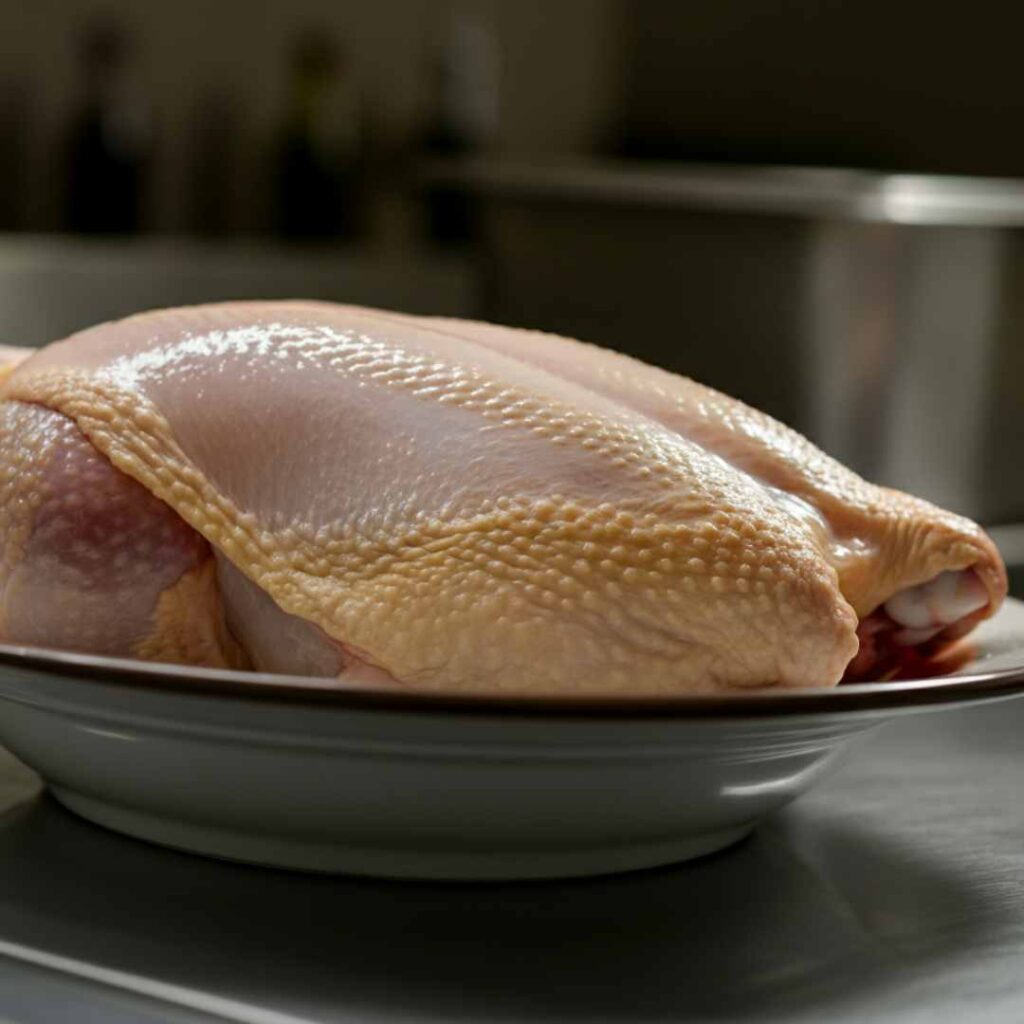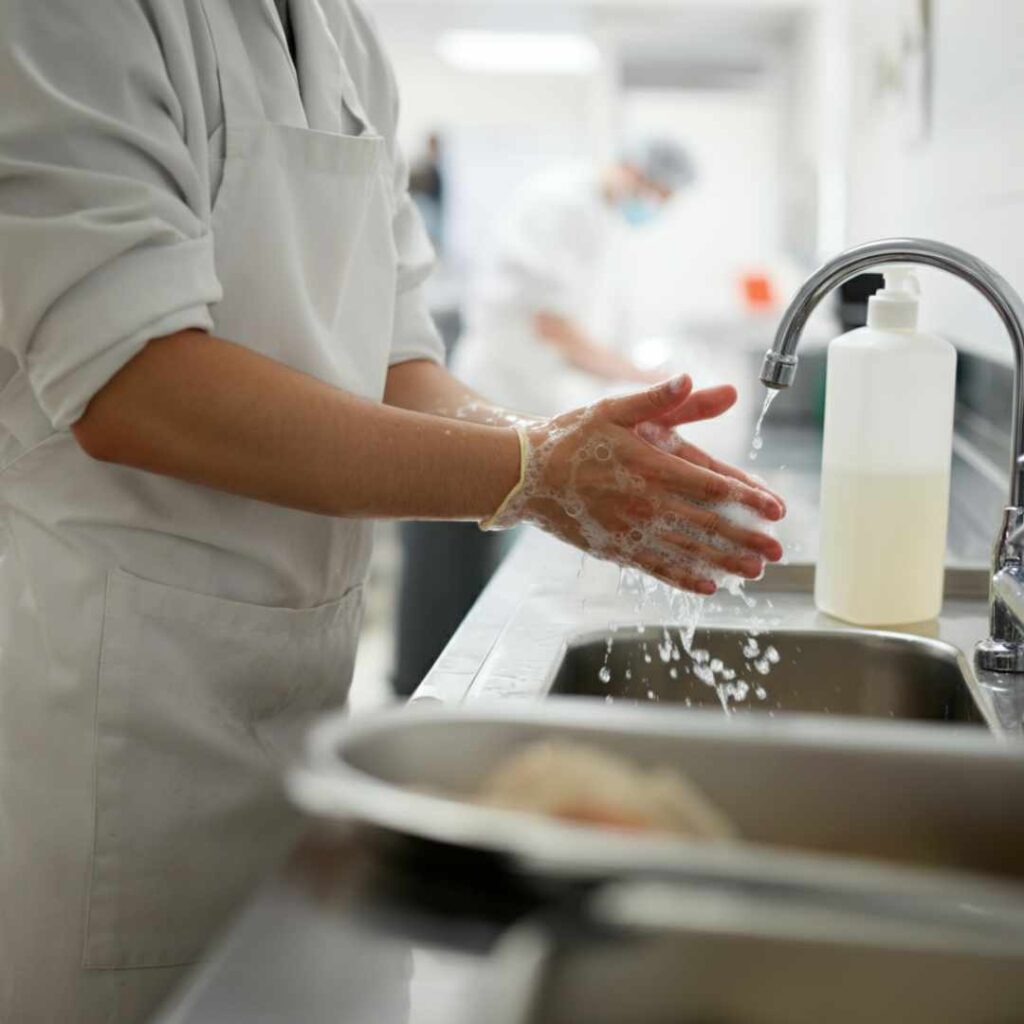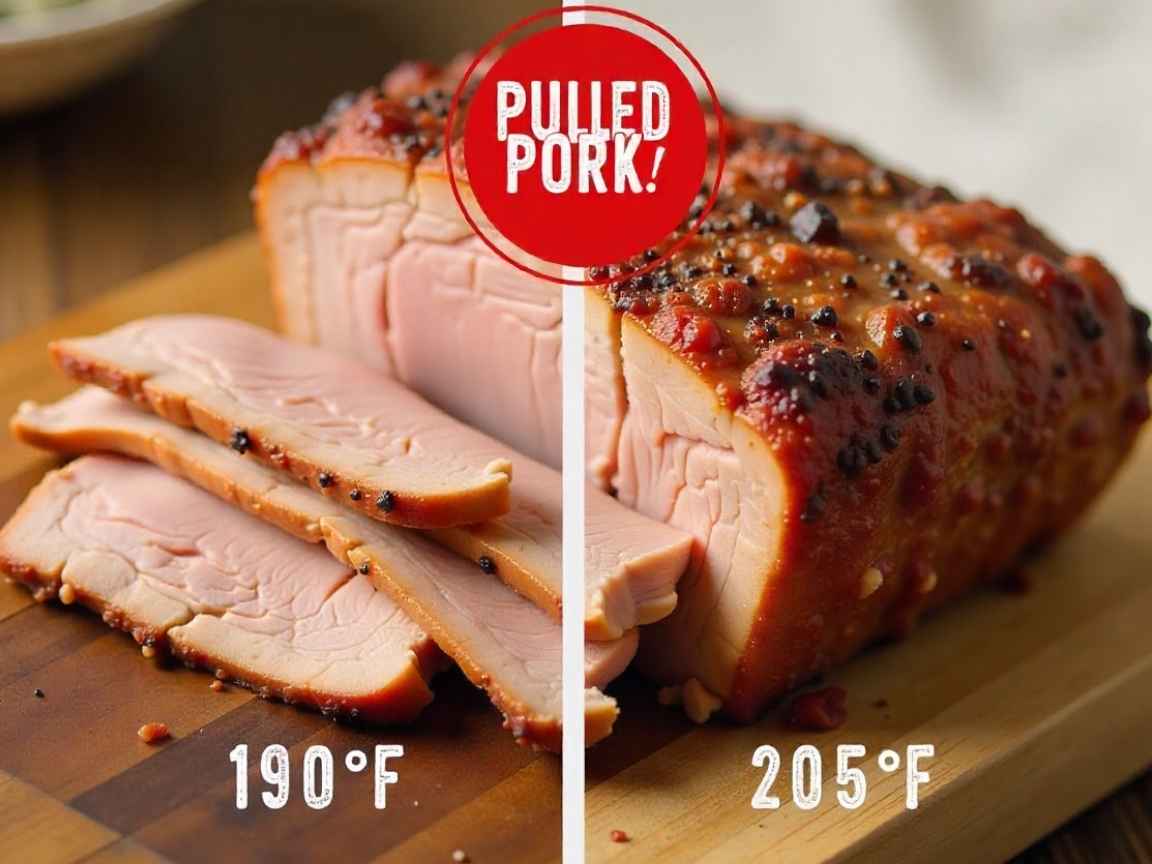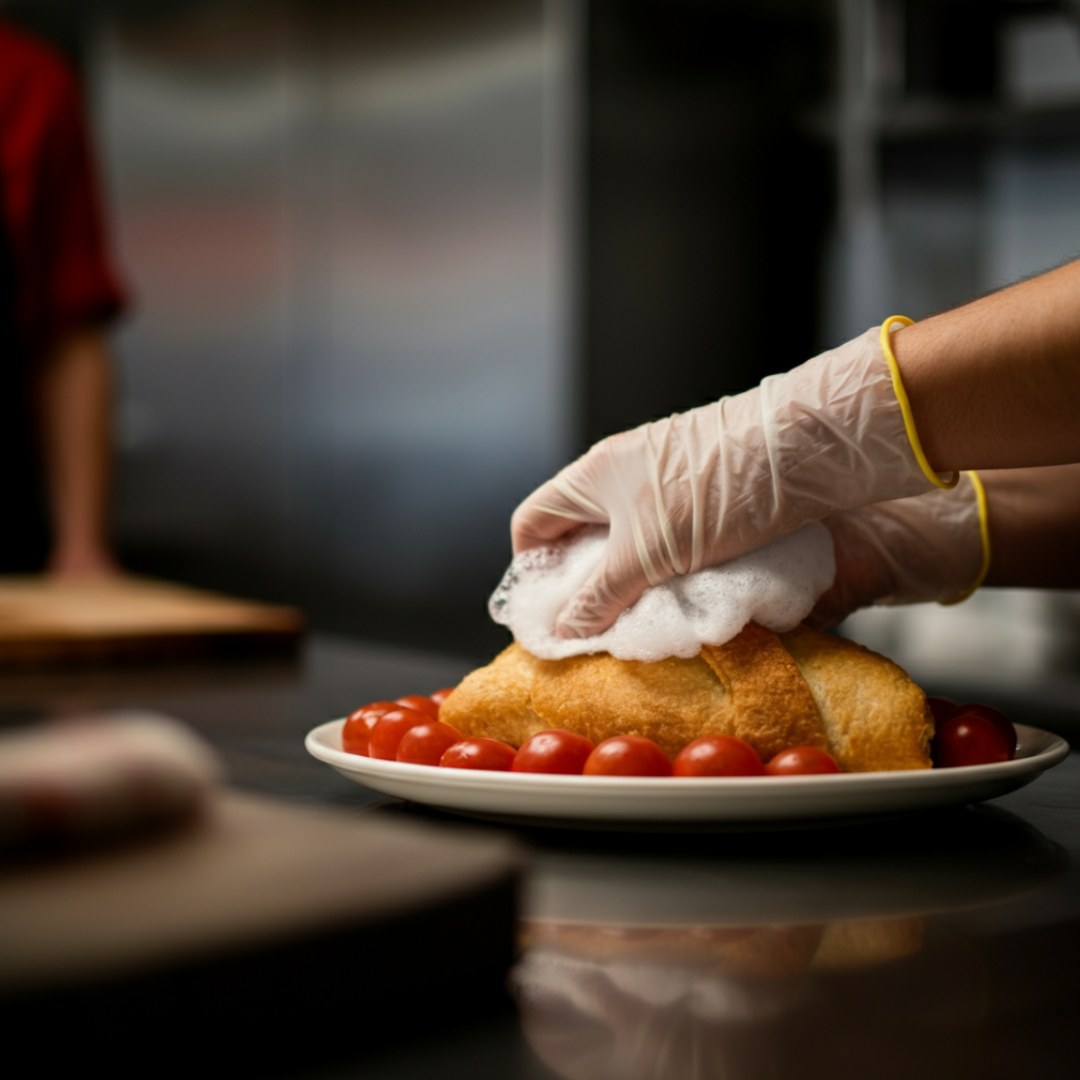Food safety isn’t just important—it’s critical. For food workers, protecting food from harmful pathogens is an essential responsibility for maintaining health standards and ensuring public safety. With just one slip in hygiene practices, pathogens on hands can spread to food, leading to foodborne illnesses that may harm customers and damage a business’s reputation.
This detailed guide is designed to help food service workers, health inspectors, and restaurant managers understand the best practices for keeping food safe from pathogens. It provides actionable tips and hygiene protocols that every professional in the industry needs to follow.
Why Hand Hygiene Matters in Food Safety
Your hands, as essential as they are for food preparation and service, can also be a significant source of contamination. Pathogens like Salmonella, E. coli, and Norovirus commonly spread through improper handling, and these tiny microbes can double in number in mere minutes.
According to the CDC, foodborne illnesses sicken approximately 48 million people annually in the United States alone. Many of these illnesses stem from preventable issues like cross-contamination and inadequate handwashing. When food workers remain vigilant about hand hygiene, they drastically reduce the chances of spreading harmful pathogens.
The Role of Pathogens in Food Contamination

What Are Pathogens?
Pathogens are microorganisms such as viruses, bacteria, or fungi that can cause diseases. While not all microorganisms are harmful, the ones classified as pathogens can lead to conditions such as nausea, diarrhea, vomiting, or worse when consumed through contaminated food.
How Pathogens Spread Through Food Handling
Pathogens can enter the food supply at various points in the preparation process. Contamination occurs because of improper handwashing, touching raw food and then preparing dishes without gloves, or using unclean tools. For example, a food worker handling raw chicken who does not properly wash their hands could transfer Salmonella to a salad or bread—both of which are typically consumed raw.
Best Practices for Keeping Food Pathogen-Free

Master the Art of Proper Handwashing
Handwashing is the first and most critical line of defense. It can remove most soil, grease, and harmful pathogens.
Here’s how food workers should wash their hands effectively, as per FDA guidelines:
Step 1: Wet your hands with clean, running water (warm or cold).
Step 2: Apply soap and create a lather. Cover the backs of your hands, between your fingers, and under your nails.
Step 3: Scrub for at least 20 seconds. If it helps, hum the “Happy Birthday” song twice for accurate timing.
Step 4: Rinse your hands thoroughly under running water.
Step 5: Dry your hands with a clean towel, disposable paper towels, or an air dryer.
When to Wash Hands:
- After using the restroom
- Before and after handling raw foods
- After touching your face, hair, or body
- After touching dirty surfaces, such as trash bins
- Between handling different kinds of food (e.g., moving from raw meat to vegetables)
Use Gloves, But Use Them Correctly
While gloves are an excellent barrier against pathogens, they can create a false sense of security. Pathogens still transfer if gloves are not changed between tasks or if they develop tears.
Key Glove Practices:
- Always wash your hands before putting on gloves.
- Change gloves after handling raw food and before touching cooked or ready-to-eat food.
- Dispose of gloves immediately after use and never reuse them.
- Inspect gloves for tears before use. Even a small puncture can allow contamination.
Limit Direct Hand Contact with Food

Limiting direct hand contact with food is another layer of protection from pathogens. Use utensils, tongs, or deli sheets when handling food, particularly when preparing ready-to-eat items like sandwiches, salads, or desserts. This minimizes the risk of transferring pathogens from your skin to the dish.
Keep Fingernails Short and Clean
While it may seem minor, exceptionally long fingernails can harbor germs and debris, making them a hidden hotspot for pathogens. Food handlers should keep their nails trimmed short and clean. Avoid wearing nail polish or artificial nails, as they can chip off and contaminate food or provide a surface where germs can cling.
Avoid Wearing Jewelry While Handling Food
Rings, bracelets, or watches might look great, but they act as bacteria traps in a food service setting. Food workers should avoid wearing jewelry, as it can harbor microorganisms or cause tears in gloves, increasing the risk of contamination.
Stay Home When Sick
One of the most overlooked practices is staying out of work when feeling unwell. Workers experiencing symptoms like fever, vomiting, or diarrhea should only handle food once they are symptom-free for at least 24 hours. This reduces the risk of spreading illnesses like Norovirus, which can quickly infect multiple people.
Encouraging Compliance in the Workplace
For restaurant managers and health inspectors, the key to ensuring compliance lies in training and regular reinforcement of hygiene protocols.
Conduct Regular Training
Provide your staff with comprehensive training sessions on food safety and hand hygiene. Use role-playing scenarios and hands-on demonstrations to show them proper techniques and ensure they understand the “why” behind each rule.
Post Visual Reminders
Place clear, instructional signage near sinks and workstations to constantly remind workers to follow proper hygiene practices.
Lead by Example
Managers and senior Team members should model ideal hygiene behaviors, fostering a culture of accountability and professionalism.
The Future of Hygiene Practices in Food Service
Technology also plays a role in maintaining better food safety practices. From handwashing monitoring systems to AI-based tools that track worker hygiene, innovation continues to enhance how food workers protect against pathogens. By staying informed and prioritizing hygiene, the food service industry can continue to improve its standards and ensure customer safety.
Keep Food Safe—It’s in Your Hands
Preventing pathogens from contaminating food begins and ends with proper hand hygiene and adherence to safety measures. For food workers, this is not just about compliance—it’s about ensuring every customer’s health and maintaining the integrity of the business.
By washing your hands effectively, using gloves responsibly, and following the tips outlined above, you can confidently contribute to a safer dining experience for everyone.



















